Progressive adjustments
The Ministry of Education and Training announced the draft Circular regulating professional standards for lecturers teaching in higher education institutions. Associate Professor, Dr. Tran Thanh Nam - Vice Rector of the University of Education (Vietnam National University, Hanoi), highly appreciated some progressive adjustments in this draft.
Specifically, the removal of the title "teaching assistant" and the removal of grades I, II, III is agreed because it helps simplify the title system, creating consistency between public and non-public schools.
Many young lecturers also support the additional requirement of scientific research capacity and information technology application as mandatory criteria, because this reflects the need to improve the quality of lecturers in the new context.
Allowing registration for promotion upon meeting standards (instead of taking exams or considering salary increases as before) is positively evaluated, promising to reduce bureaucracy in the promotion process.
Besides the positive aspects, Associate Professor Dr. Tran Thanh Nam also cited some concerns about some standards in the draft, related to regulations on international articles, implementation conditions and support for lecturers...
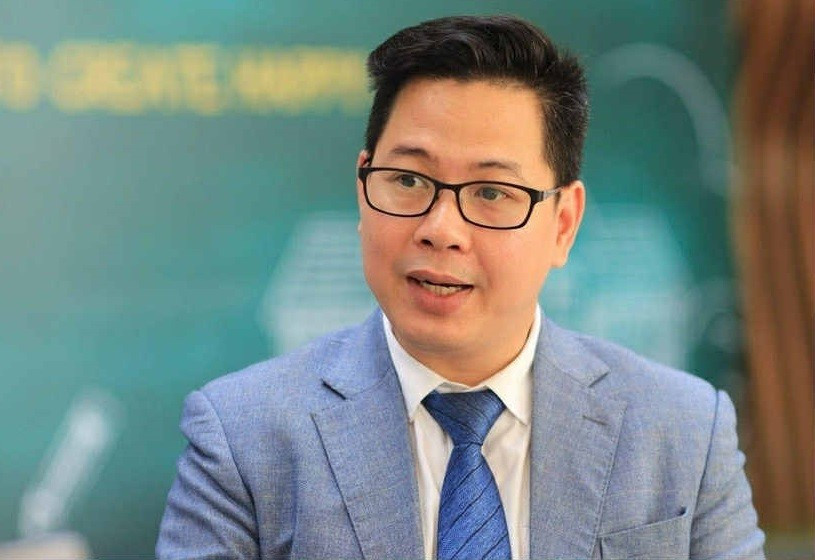
Comments on completing the draft Circular
In order to complete the draft Circular, Associate Professor, Dr. Tran Thanh Nam made 7 recommendations as follows:
First, complete the standard framework in a flexible and multi-dimensional way. Specifically, add groups of criteria on teaching effectiveness, digital transformation, international cooperation, and community service in addition to academic and research criteria. Allow multiple paths to achieving the standard (for example, excellent teaching can partially compensate for research shortcomings and vice versa), avoiding applying a rigid framework.
Second, emphasize quality over quantity in research criteria by amending the requirements for scientific articles: Prioritize quality (prestigious journals with serious peer review) rather than simply counting the number of articles. The Ministry of Education and Training can issue a list of journals/topics with incentive points, and at the same time sanction the phenomenon of publishing in poor quality journals to improve academic standards.
Third, establish a multi-source and continuous assessment mechanism. Accordingly, develop guidelines for higher education institutions to implement lecturer assessment based on multiple sources of information: Evidence provided by lecturers, feedback from students, colleagues, learner output results, etc. Assessment should take place periodically (annually or every 2-3 years), considering it as a continuous professional development process rather than a one-time review of documents.
Fourth, implement a training program and support qualified lecturers. Before applying the new standards, the Ministry of Education and Training needs to coordinate with schools to organize free training courses (in person or online) on modern teaching methods, digital skills, and foreign languages for lecturers who do not meet the requirements.
Build a bank of online micro-credentials courses for lecturers to self-study and receive credit recognition, not just meeting one professional certificate at a time. At the same time, there is a financial mechanism to support lecturers to participate in international seminars and training courses to improve their qualifications.
Fifth, build a reasonable roadmap and transition regulations. Regarding this, Associate Professor Dr. Tran Thanh Nam recommends that the Ministry of Education and Training stipulate a 2-3 year transition period for lecturers to supplement missing standards.
During that time, apply flexibly, lecturers who still lack new criteria (such as articles, foreign languages) but show efforts to improve will still be considered for temporary recognition. After the transition period, review and adjust the shortcomings of the standards (if any) before officially applying, to avoid causing shock or major disruption.
Sixth, pilot the application of the model of grouping job titles according to orientation. It is recommended that the Ministry of Education and Training allow some pioneering universities to pilot the track (career orientation) of teaching and research in the appointment of titles, while still complying with the common standard framework. Monitor the results of the pilot to gain experience before replicating the model of grouping career paths nationwide.
Seventh, improve treatment and create a favorable environment. High professional standards require great responsibility and effort from lecturers, so the Ministry of Education and Training needs to advise the Government on appropriate policies.
Specifically, improve salary and allowance regimes for lecturers (especially senior lecturers and senior lecturers); invest budget for scientific research funds at universities; support funding for building information technology infrastructure and laboratories so that lecturers have conditions to practice and create.
Besides "calling for teachers' commitment", there is a great need for commitment from the State in terms of resources and mechanisms so that teachers can confidently develop their full capacity to serve.
“In general, the university community agrees with the goal of the new professional standards to improve the teaching staff, meeting the Law on Teachers and Resolution No. 71-NQ/TW. However, many opinions say that there needs to be a suitable implementation roadmap. The standards should be piloted and gradually adjusted based on actual feedback instead of being applied immediately...”, Associate Professor, Dr. Tran Thanh Nam said.
Source: https://giaoducthoidai.vn/chuan-nghe-nghiep-giang-vien-cong-cu-thuc-day-doi-moi-post754354.html


![[Photo] The Third Patriotic Emulation Congress of the Central Internal Affairs Commission](https://vphoto.vietnam.vn/thumb/1200x675/vietnam/resource/IMAGE/2025/10/30/1761831176178_dh-thi-dua-yeu-nuoc-5076-2710-jpg.webp)
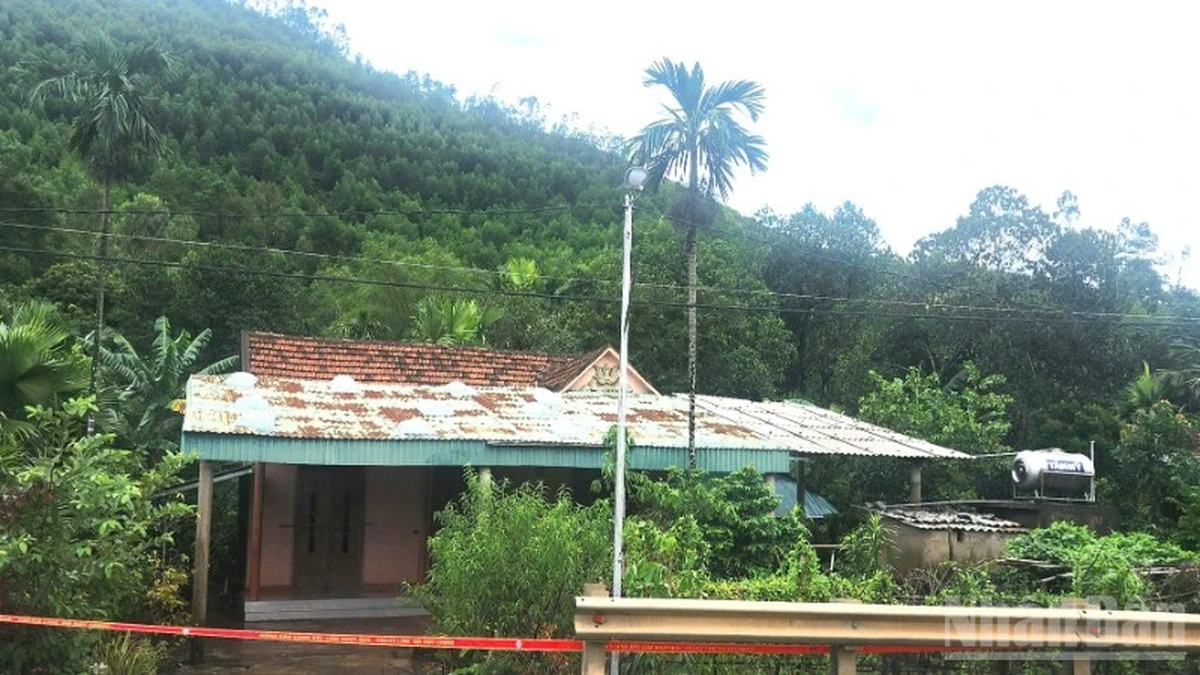
![[Photo] Touching scene of thousands of people saving the embankment from the raging water](https://vphoto.vietnam.vn/thumb/1200x675/vietnam/resource/IMAGE/2025/10/30/1761825173837_ndo_br_ho-de-3-jpg.webp)
![[Photo] National Assembly Chairman Tran Thanh Man receives foreign ambassadors who came to say goodbye](https://vphoto.vietnam.vn/thumb/1200x675/vietnam/resource/IMAGE/2025/10/30/1761820977744_ndo_br_1-jpg.webp)
![[Photo] General Secretary To Lam attends the Vietnam-UK High-Level Economic Conference](https://vphoto.vietnam.vn/thumb/1200x675/vietnam/resource/IMAGE/2025/10/30/1761825773922_anh-1-3371-jpg.webp)
![[Photo] General Secretary To Lam meets former British Prime Minister Tony Blair](https://vphoto.vietnam.vn/thumb/1200x675/vietnam/resource/IMAGE/2025/10/30/1761821573624_tbt-tl1-jpg.webp)

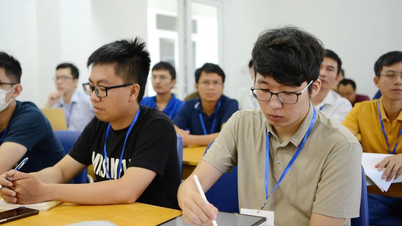
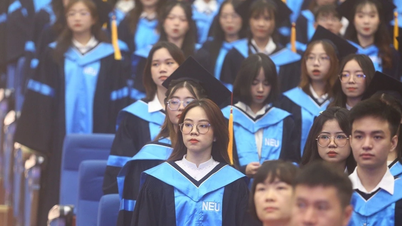
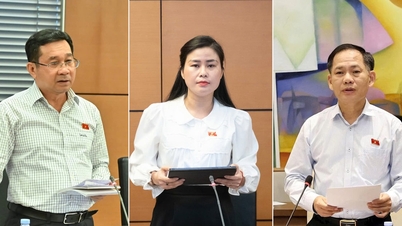

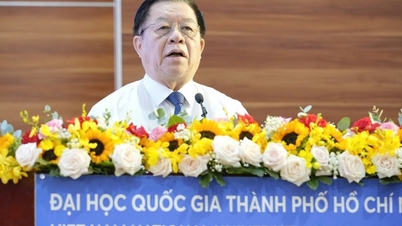

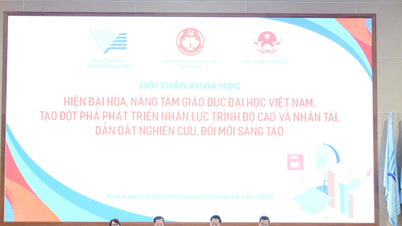
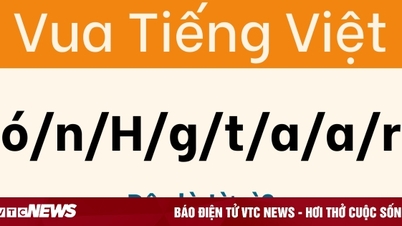

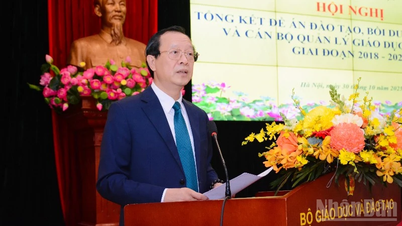

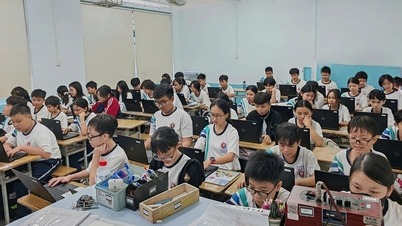



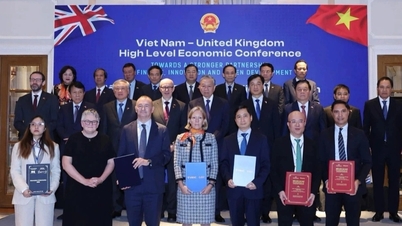






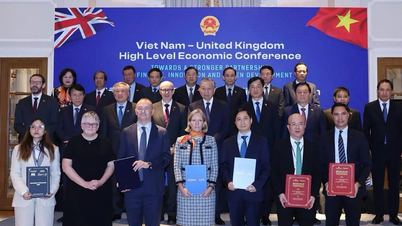
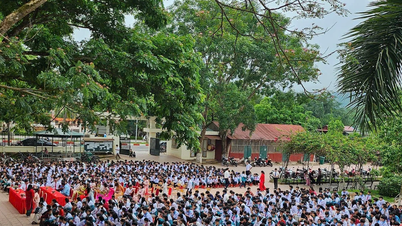
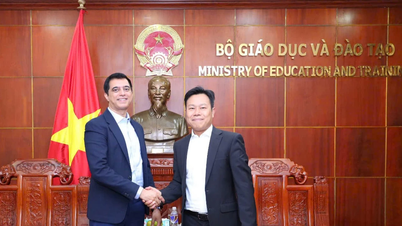
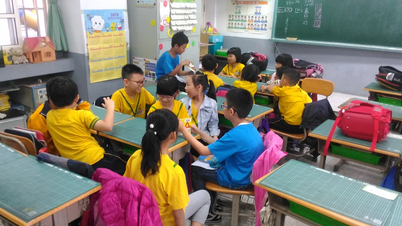

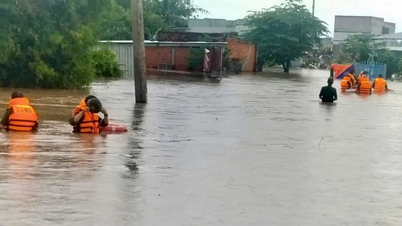




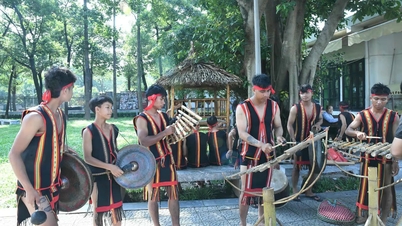

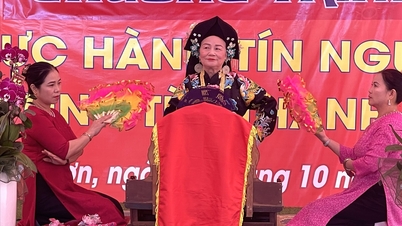
















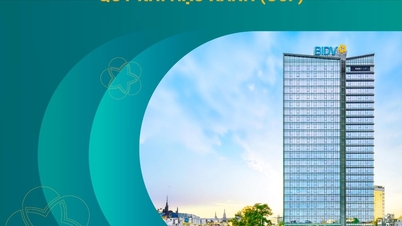












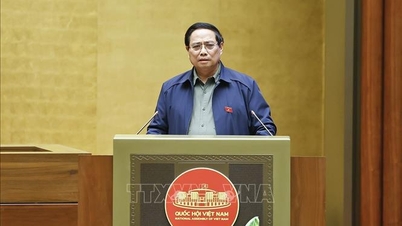

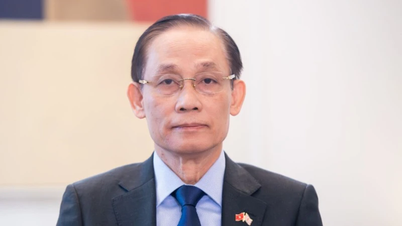
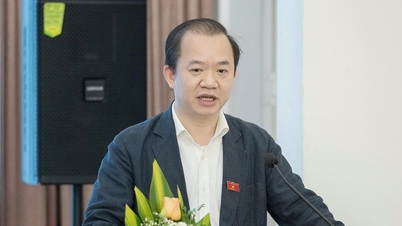
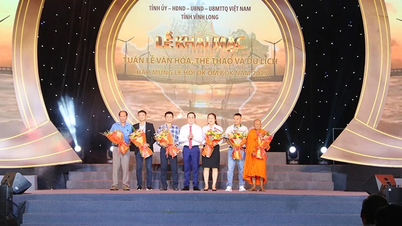
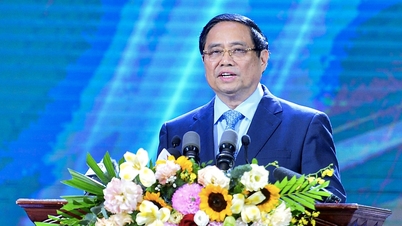



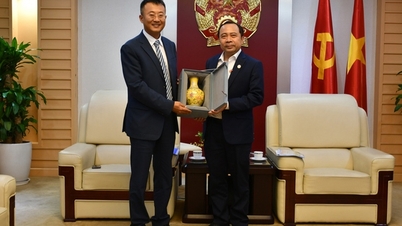
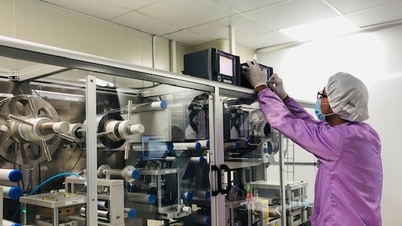
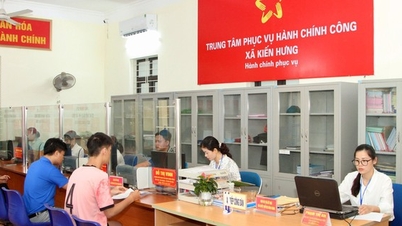
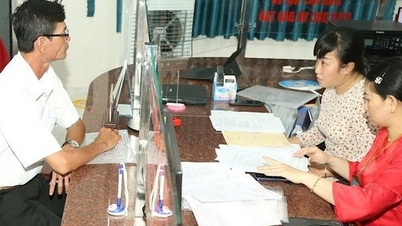
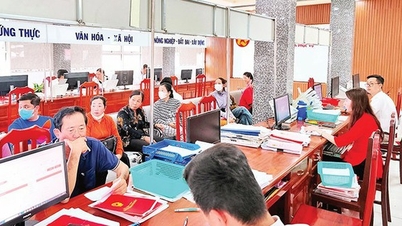


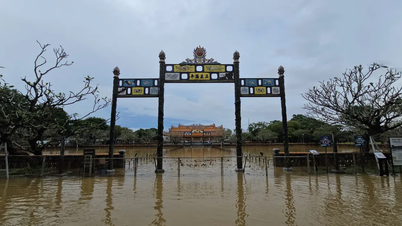
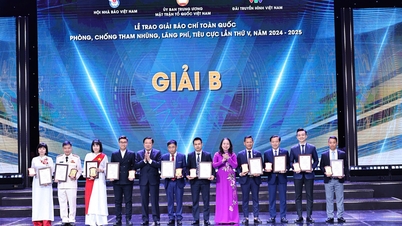

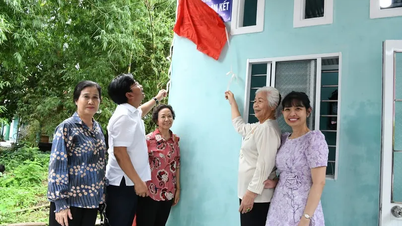

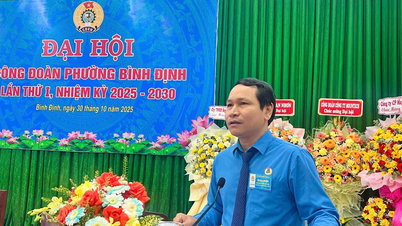
















Comment (0)